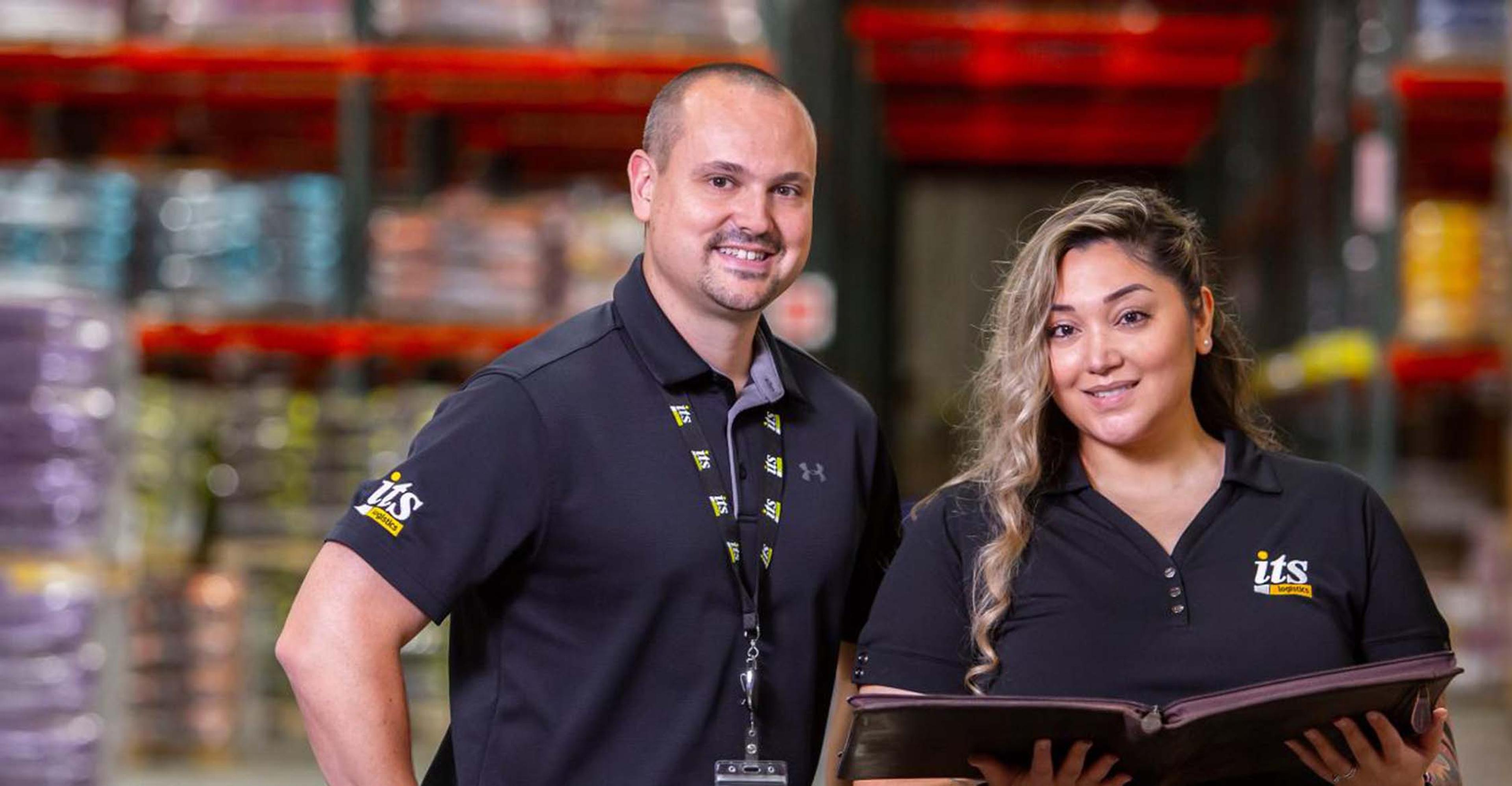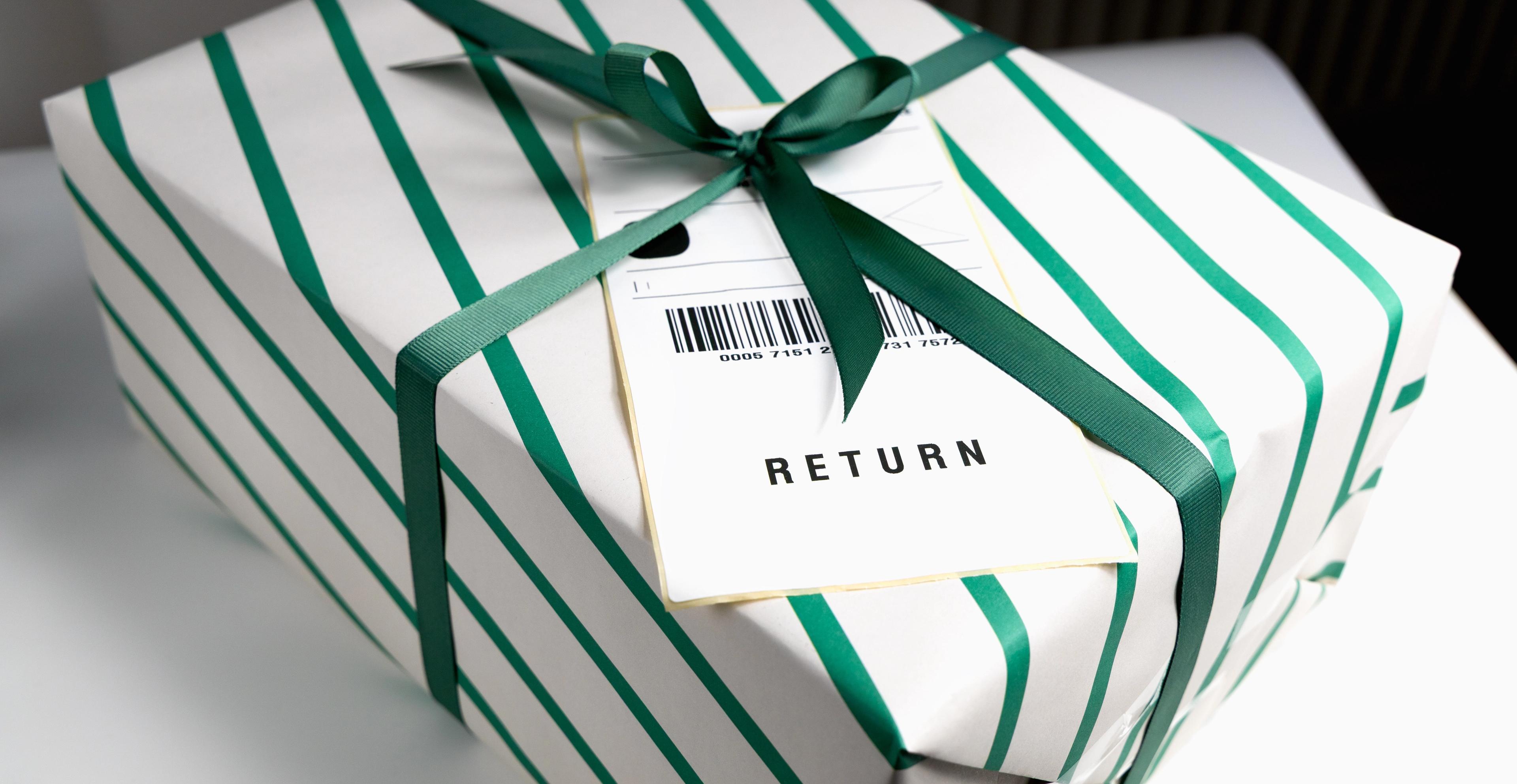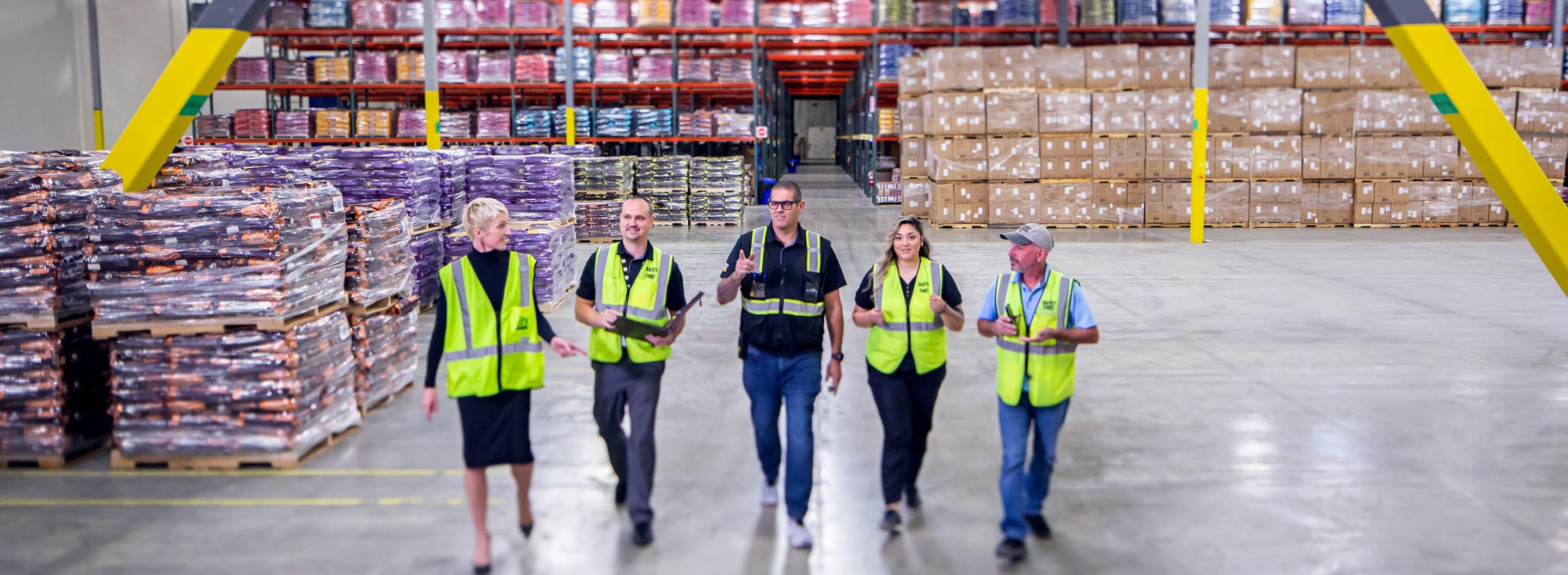Improving Reverse Logistics to Increase Revenue & Reduce Cost

Don’t wait for a returns disaster to begin improving reverse logistics
Recently, several well-known online clothing retailers have discontinued free returns to customers and instead have begun charging nominal fees starting around one or two dollars per order. While the fee is small, it feels different psychologically to shoppers who have historically benefitted from free returns. The free returns policy has become abused so extravagantly that the costs for processing no longer make sense for most companies’ bottom lines. Product return rate in the United States has reached nearly 30% of sales and, if current forecasts hold steady, retailers can expect 13 billion units (worth $573 billion) to be returned in 2022. That is four times the total ecommerce sales in 2008.
Charging a fee for returns isn’t anything new and has been more commonly seen with products like electronics. From a return volume perspective, the fees can be a positive. However, from a profitability perspective the fees have implications and could affect customer buying behavior within the supply chain.
Impact of high returns volume on the supply chain
Why have returns gotten so out of hand? The culprit could be a combination of consumer habits formed around the free returns model paired with inconsistent sizing frequent in fashion brands. With much of the world often confined to their homes throughout 2020 and 2021, try-on hauls, wardrobing, and bracketing have become common among retail shoppers and disrupted the supply chain.
Try-on hauls popularized by highly followed social media accounts might show thousands of dollars’ worth of clothing, of which all but a couple of hundred dollars’ worth is returned. Bracketing is the term which refers to buying an item in multiple sizes to try them on before committing to one. There has even been problems with customers buying different size TVs to see which will fit best in their home. Finally, wardrobing is the practice of purchasing an item just to wear it once with the tags on before it gets returned. A 2018 survey found that 9% of British shoppers admitted to buying merchandise to post it on social media before returning. A surprising percentage, even before the pandemic forced many social media users to post from their homes.
In the United States, 2.6 million tons of returned goods end up in landfills each year. The buried goods in turn generate 15 million tons of carbon dioxide emissions. Not only does each returned product impact the environment, but the process is time-consuming and often costly. The process can quickly become complex, with buttons needing rebuttoning, cardboard inserts being reinserted, and products being re-bagged. About 180bn plastic poly bags are produced each year to store, protect, and transport retail items, while less than 15% are collected to be recycled. And on top of it all, every return will likely require yet another new bag.
Where does a returned item ultimately end up?
Due to the complex nature of returns processing and inventory management, sometimes the cheapest solution is to send the items to a landfill. The best option, when possible, is to sell the item as new and try to make some profit off it. The impact is not widely communicated to consumers, but even if it were that would not necessarily lead to a change in behavior. Cost and convenience have proven to be driving factors when it comes to purchasing decisions, so brands are implementing return fees in hopes for change.
An example of a time that this psychological game has worked is when plastic bags began to cost money at grocery stores. Even if the bags are five cents apiece, if a customer must buy them, they are more likely to bring their own reusable grocery bags from home.
From panic buying to supply shortfalls to historic spikes in inflation, the volatility of the retail environment has skyrocketed in recent years. The speed and severity of consumer changes can make or break profit expectations for even the most seemingly stable companies. Some online retailers have gone as far to incentivize returns with re-sealable boxes and preprinted return labels. Another method that has been used to get a handle on reverse logistics is to waive a return fee if the item is taken back to a physical store. Or they might even offer free returns to loyalty members, such as Amazon Prime.
An evolving supply chain based around customer experience
Many businesses streamline forward operations, but as reverse logistics has become more prominent with spikes in online shopping it can be difficult to manage without becoming costly. Having complete visibility of orders, both forwards and backwards, is key to ensuring maximum delivery satisfaction. Having the ability to track orders in real-time will take away any guessing on where products are on the supply chain. While having minimum returns is not always possible, they cannot be taken out of the equation. See what can be done to lower unnecessary returns, determine an accurate estimate of how many, and implement a good returns policy. The reverse logistics market is set to grow at CAGR of 12.4% from 2022 to 2028.
Not only are reverse logistics on the rise, but there is a worldwide focus towards sustainable economy. Gartner Research suggests that 70% of businesses are planning to move towards a circular economy. A circular economy is one in which the once disposed products can be repaired or recycled to put back into the economy or supply chain, instead of ending up in a landfill.
“Without reverse logistics, there is no circular economy. When things get returned and end up in a landfill, valuable and recoverable materials are going to waste. There is one hundred times more gold in a ton of e-waste than a ton of gold ore, and every year, and 10 million tons of e-waste are landfilled, globally. Studies are being done about the economic viability of mining in landfills.” – Dr. Ron Lembke, Professor of Supply Chain Management and Business Analytics at the University of Nevada, Reno
Dr. Lembke works with OBADA, an organization that is working to recapture electronic devices at the end of their lifecycle to ensure they are properly recovered and recycled. Studies show there are 44 million tons of e-waste generate each year.
Inventory management to optimize reverse logistics
The first step to optimize reverse logistics process is to create a physical area dedicated to storing returned items. To handle the returns efficiently, there may be a need to expand or optimize warehouse space. Research from CBRE estimates an additional 15% to 20% of space over current square footage for traditional processes due to returns’ unpredictable nature. Thereafter, the items can be organized by category with a three-bin system: restock, discard, and return to supplier.
Closely monitoring the reverse logistics process will lead to the most cost-effective operations. Be sure to evaluate performance via KPIs such as return rate, cost per return or exchange, no fault found rate, total cost of repair or refurbishment, and scrap rate. A no fault found rate can be used to determine the percentage of items returned without defects. These goods are easy to return to the shelf and sell as unboxed or “good as new”. When repair or refurbishment costs become high, this is an indicator to find alternative methods. Scrap rates should be kept to a minimum as this can become one of the highest costs in the reverse logistics process. Utilizing warehouse technology can assist with tracking each of these KPIs.
Learn more about ecommerce returns and returns management.
Reverse logistics management with a trusted partner
While the reverse logistics process presents a constant challenge for distribution and fulfillment, it can also be an opportunity to gain competitive advantage in the supply chain. Successful management of this process can maximize revenue while reducing costs and increasing customer satisfaction. Partnering with a trusted third-party provider like ITS who can streamline these processes and manage returns effectively will remove much of the headache from a complex system.
At ITS, we understand that not every ecommerce business is the same and each reverse logistics program should not be the same. When you work with us, we examine each aspect of your supply chain, including the reverse logistics portion to create a comprehensive and effective solution. We analyze your volume of returns, identify any patterns with returned products, and continuously improve your solution. Your percentage of sales lost to product returns is one of the metrics we provide, as well. Whether the problem is happening in the quality assurance stage, the manufacturing stage, or the packaging stage, we can help you identify what’s happening and implement a solution.



